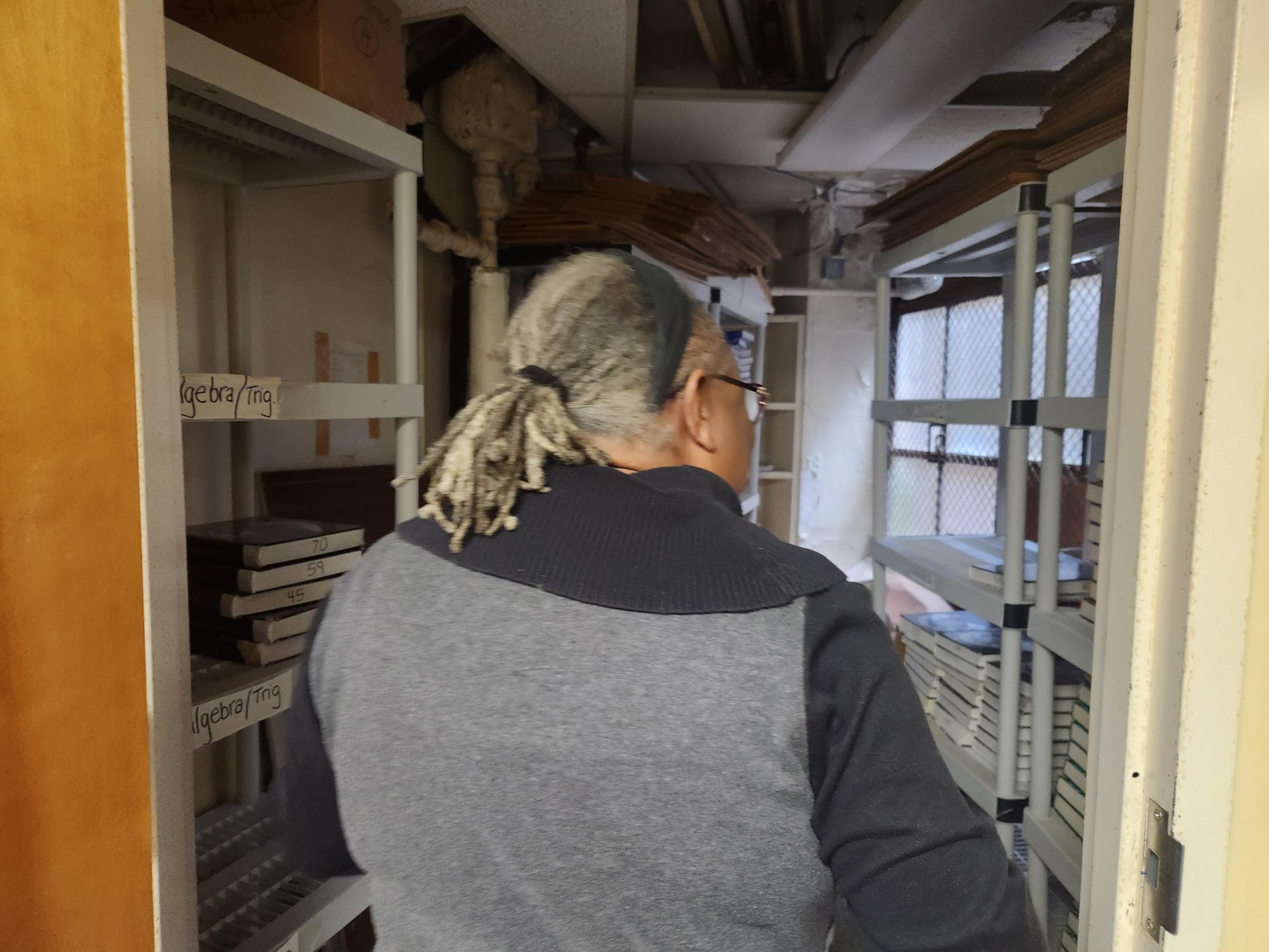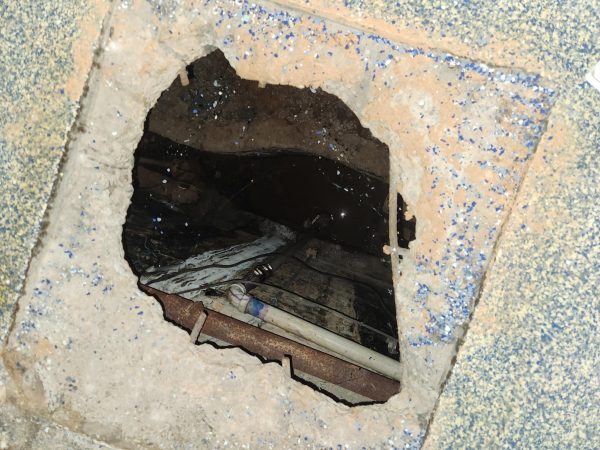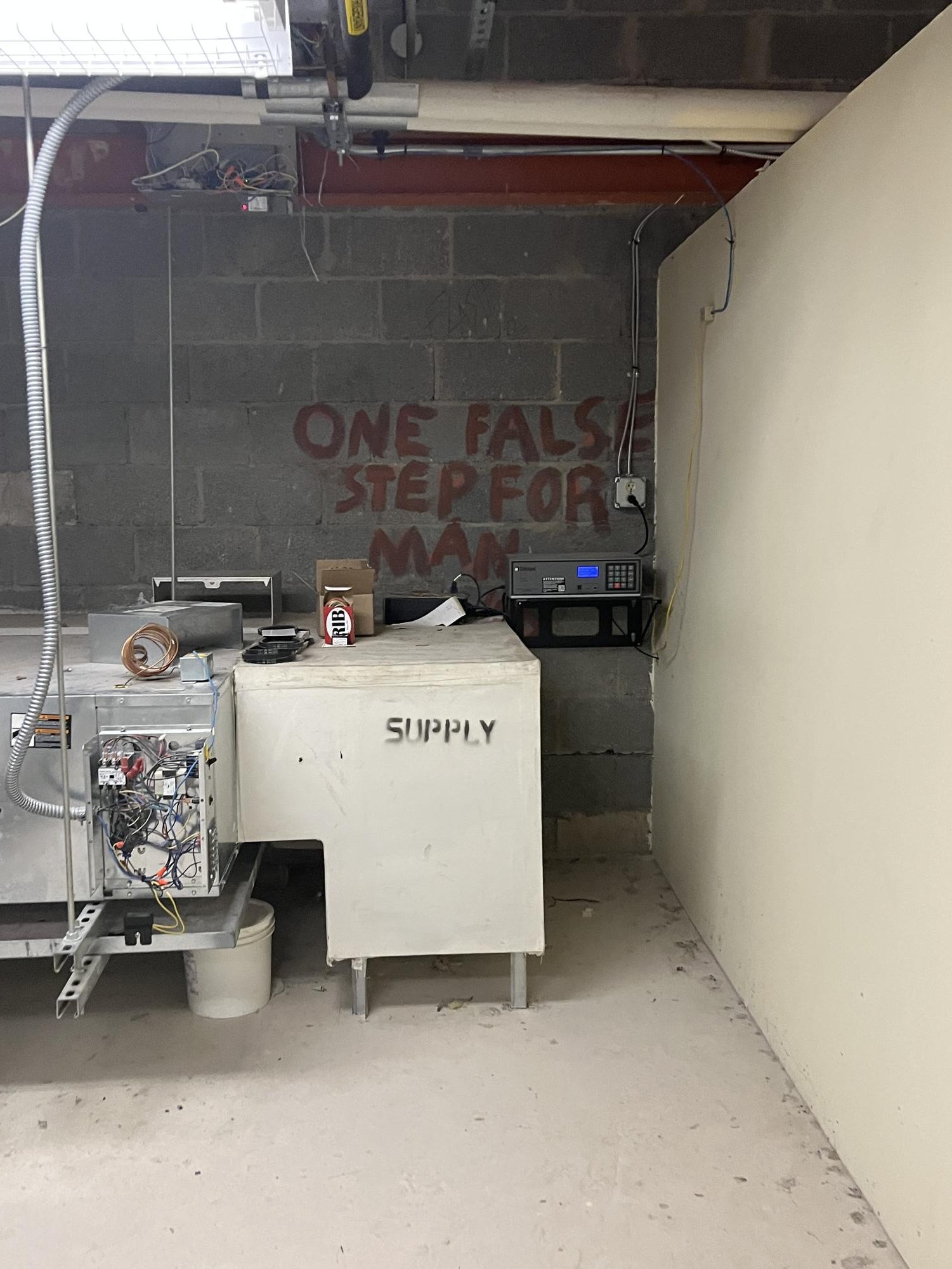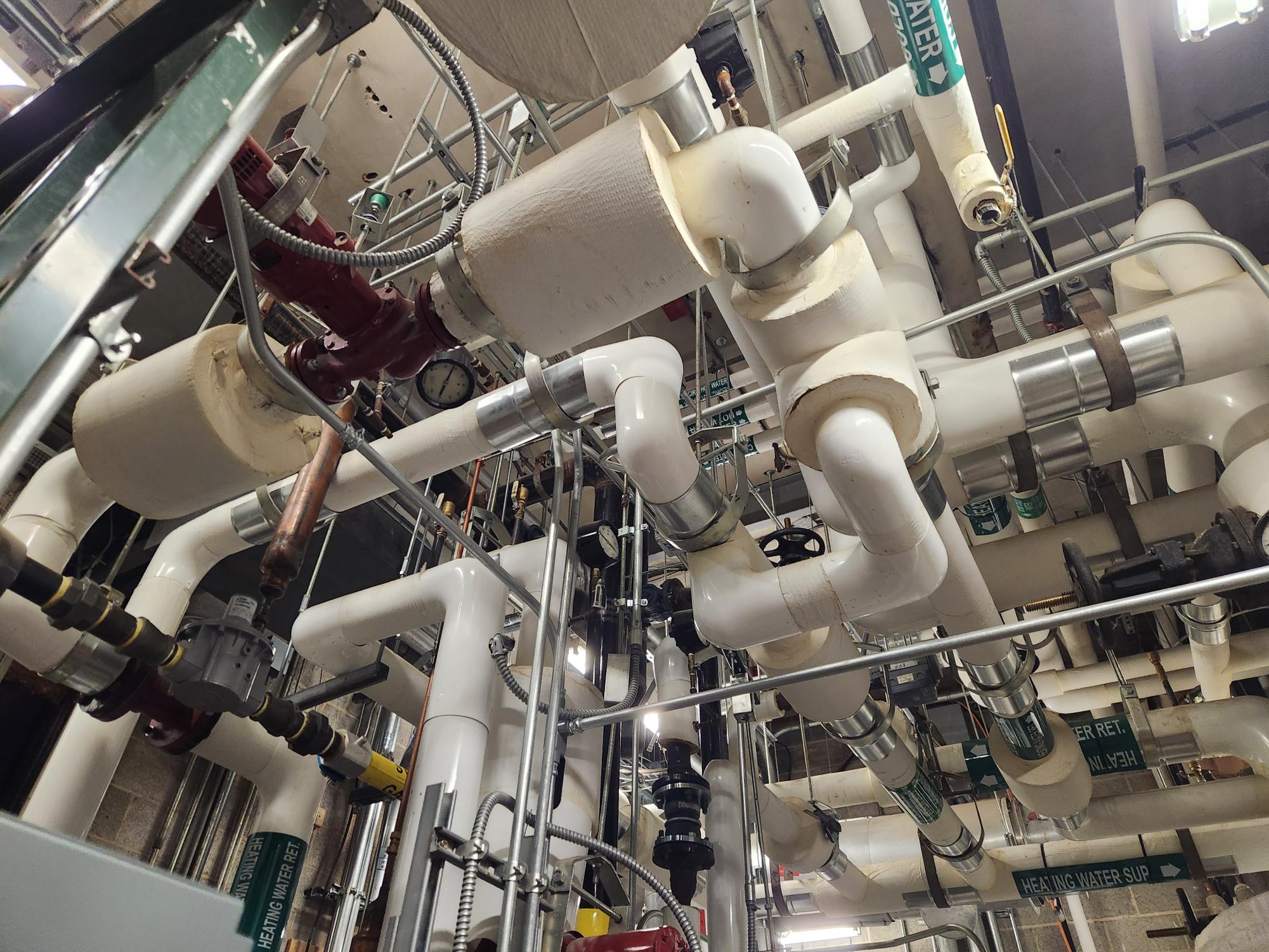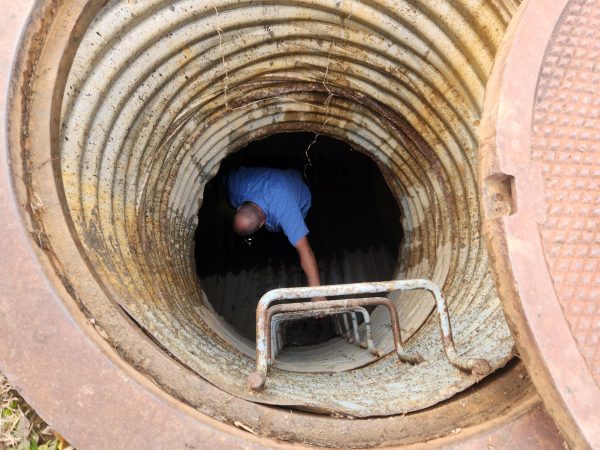Categories:
What Lies Beneath Friends School
For years, students have shared legends of mysterious spaces on campus: tunnels under the buildings, a dumbwaiter in the Upper School. Quill investigators set out to learn the truth.
November 8, 2023

About the Contributors
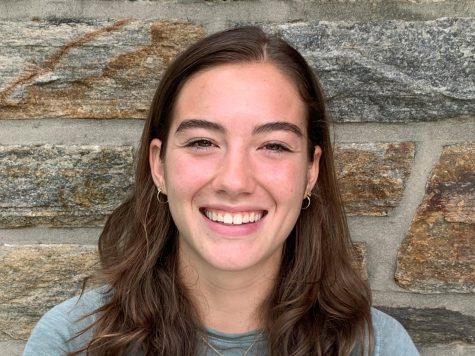
Chandler Grace Abernathy, Contributor
Chandler Grace, class of '23, is a writer for the Quill. She plays soccer, is a member of the One Love club on campus, and is pursuing a Scholars Certificate in Public Health. Chandler Grace loves to cook, listen to music, hike, and spend time with friends. Post-grad, she hopes to become a doctor.
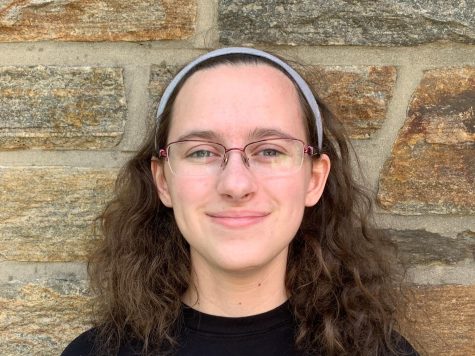
Teigan Caldwell, Copy Editor
Teigan, class of '23, likes to draw characters and edit written pieces. She is also interested in architecture and advertising, and she plays badminton.

Lucy Murphy, Editor-in-Chief
Lucy, class of 2024, specializes in the areas of music, art, and opinion; and enjoys writing creatively and journalistically. In her spare time she plays in a band and creates visual art.

Anneke Wagner, Sports Editor
Anneke, class of ‘23, is a writer for the Quill. She is passionate about sports and hopes to become a sports reporter. In addition, she enjoys listening to music, spending time with friends and family, and playing with her two dogs.

Noa Sachs-Kohen, Contributor
Noa, class of ʼ24, is a journalism student who enjoys spending time with friends and family, playing Cupcake 2048, and reading.
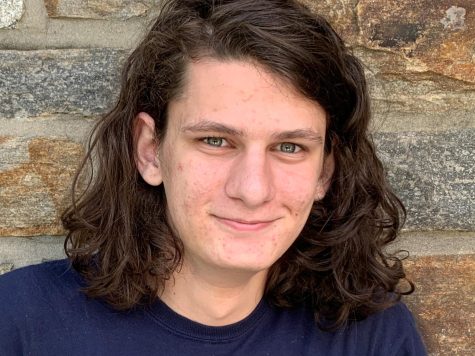
Jonathan Elkins, Contributor
Jonathan, class of '23, enjoys video games, nature, and animals. He wants to study to become a veterinarian behavioral specialist.







